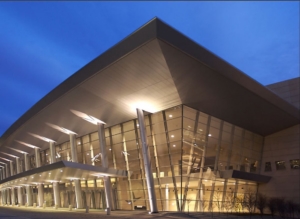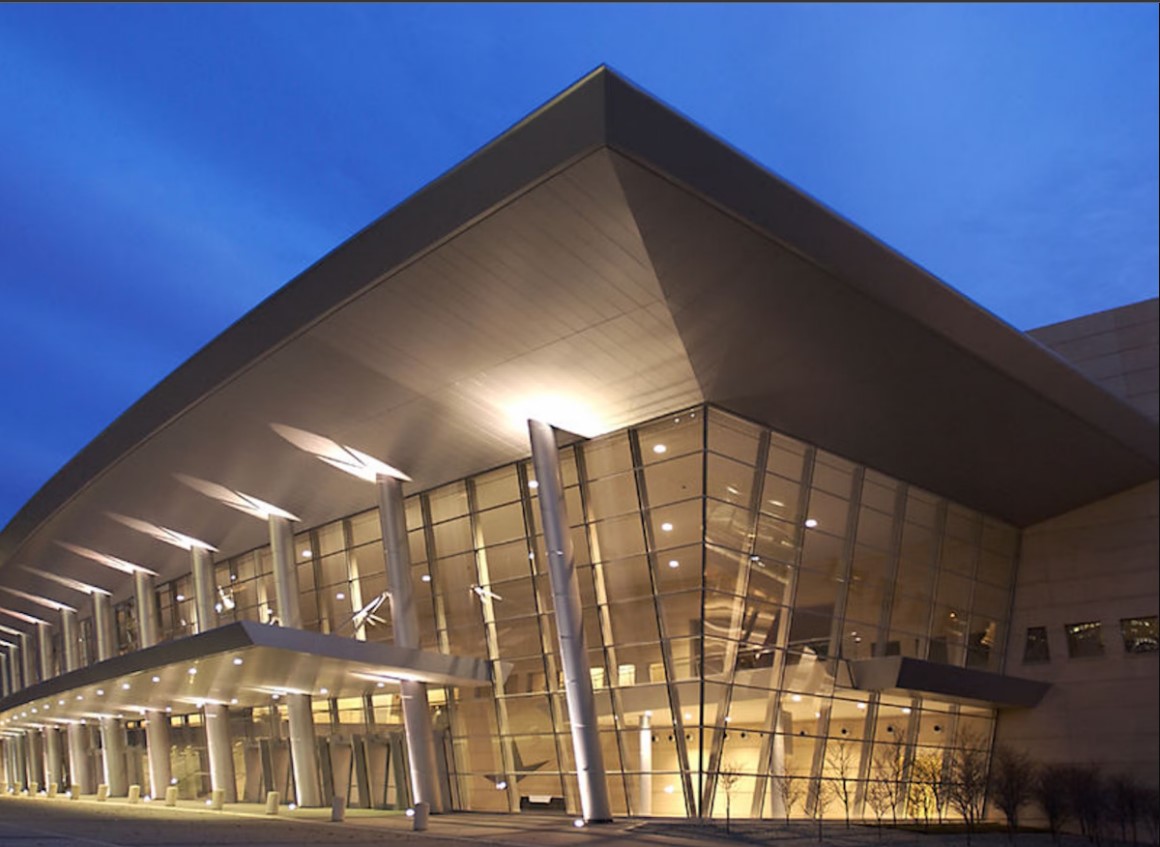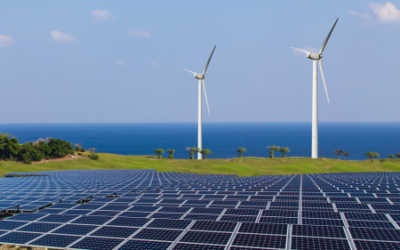In 30 states, the cost of booking a hotel room usually includes a specialized tax purposed for tourism. The revenue collected from hotel guests becomes available for state or local projects that enhance existing venues or deliver new tourist attractions. Sports arenas, convention facilities and performing arts centers are prime targets for this funding.
Each state is responsible for codifying and capping local uses of the tax which is collected locally. Even among the 20 states that do not have a statewide tax on hotel rooms, some allow cities and counties to levy their own version of it. Oddly enough, some cities within states that allow the tax never made the simple certification effort to become authorized to collect it.
Occasionally cities are given approval to increase HOT charges for specific projects. In Houston, the state’s 6% HOT can be added to the municipality’s 7% and another 2% can be tagged on for Harris County. When cities and counties share an agenda for promoting tourism, the revenue collected can be pooled to fund extremely large projects.
Local changes in hotel room taxes usually signal that planning for a landmark venue is underway. In Dallas, voters approved allowing the city to increase its hotel occupancy tax rate to 15%. That tax is now generating a projected $1.5 billion in revenue which will fund two large projects in support of Dallas’s tourism industry.

(Photo: Kay Bailey Hutchison Convention Center. Photo courtesy of Visit Dallas.)
Most of the HOT funding will be used to replace one of the country’s largest convention centers. A $2 billion project to replace the Kay Bailey Hutchison Convention Center will deliver not only a new convention center but also add an abundance of exhibit and meeting space. This will allow the city to host several large conferences simultaneously. Construction should be underway by 2023.
The other Dallas project carries a cost projection of approximately $600 million. In 2021, the law in Texas was changed to allow HOT revenue to be eligible for public park projects that attract tourists. Dallas’ revitalization project will target one of the city’s premier foundational assets – Fair Park. Revitalization work at Fair Park will enhance the Cotton Bowl stadium, the Music Hall and the Band Shell.
In Cincinnati, Ohio, another convention center and development district project will be launched in 2023. Both the city of Cincinnati and Hamilton County levy their own versions of the hotel tax and funding will be consolidated to launch the project. The effort, which will be launched with $200 million, will include convention features such as an updated ballroom, enhanced meeting rooms, reconstructed exterior and a new green rooftop event space.
Hotel room tax revenue is claiming an even greater share of the national media spotlight because it is being used aggressively for monolithic sports stadiums. Over the last two decades, approximately $4 billion in public tax funding has been used to deliver stadiums and arenas and a large portion of the amount came directly from hotel room taxes.
A $2.1 billion project will launch in Nashville, Tenn., with HOT funding and a partnership designed to benefit both the city and Davidson County.
The county will direct revenue to the project to build a new stadium for a National Football League team, the Tennessee Titans. Nashville’s Metro Council supports the project and has increased its HOT rate to provide funding. Preliminary plans feature 1.7 million square feet of stadium space and a seating capacity for 60,000 attendees.
A multi-million project to benefit both the city of Ashville and Buncombe County in North Carolina will be launched with more than $9 million from hotel room tax revenue. The funding will be used for new investments across 10 community projects designed to benefit both residents and visitors. Other funding may be added to the initiative before the slate of projects are completed in 2026.
Examples of planned projects span the entire country. Lane County in Oregon has a $70 million project that will deliver a new multi-use facility that will serve as a new home for the Eugene Emeralds. The minor league baseball team, like many others throughout the U.S., must find a new home or be located in enhanced facilities by 2025 at the latest because of new Major League Baseball facility standards. Officials recently approved a condensed contracting process when approval was given to allow an expedited design-build method of delivery.
Tourism generates large tax revenues for local governmental entities as well as for retail establishments in any region of the country and the HOT is a well-established option for revenue generation. Studying the planned use of such funding provides a quick overview of upcoming initiatives that will be launched over the next several years.







